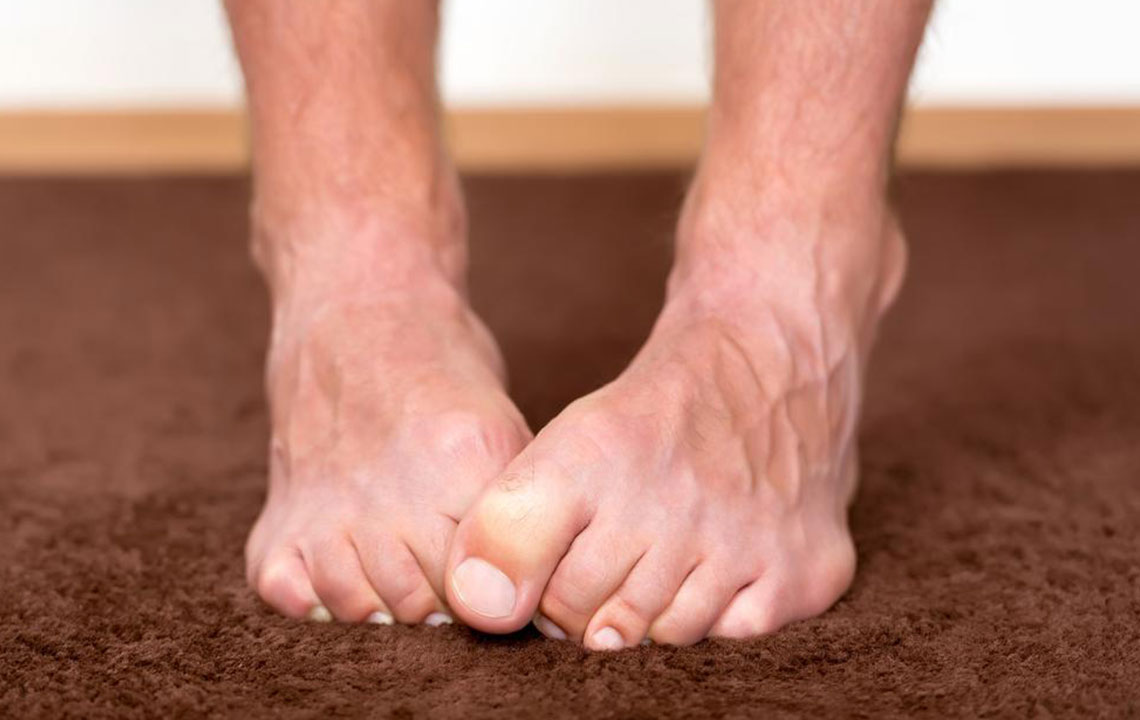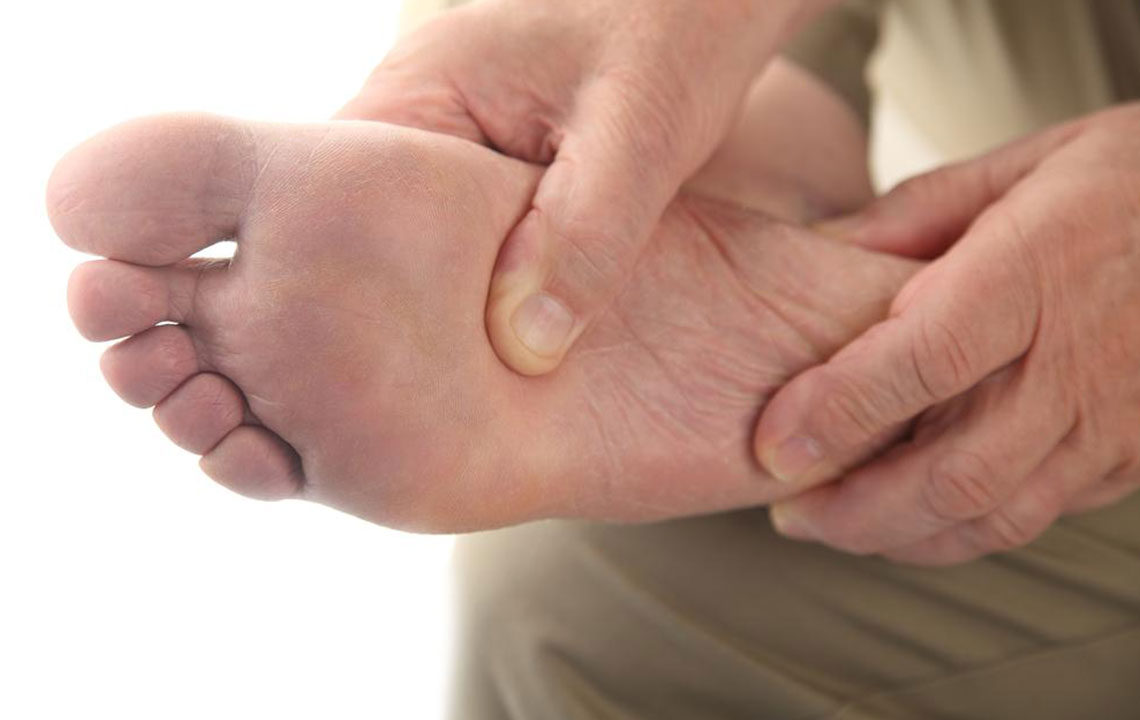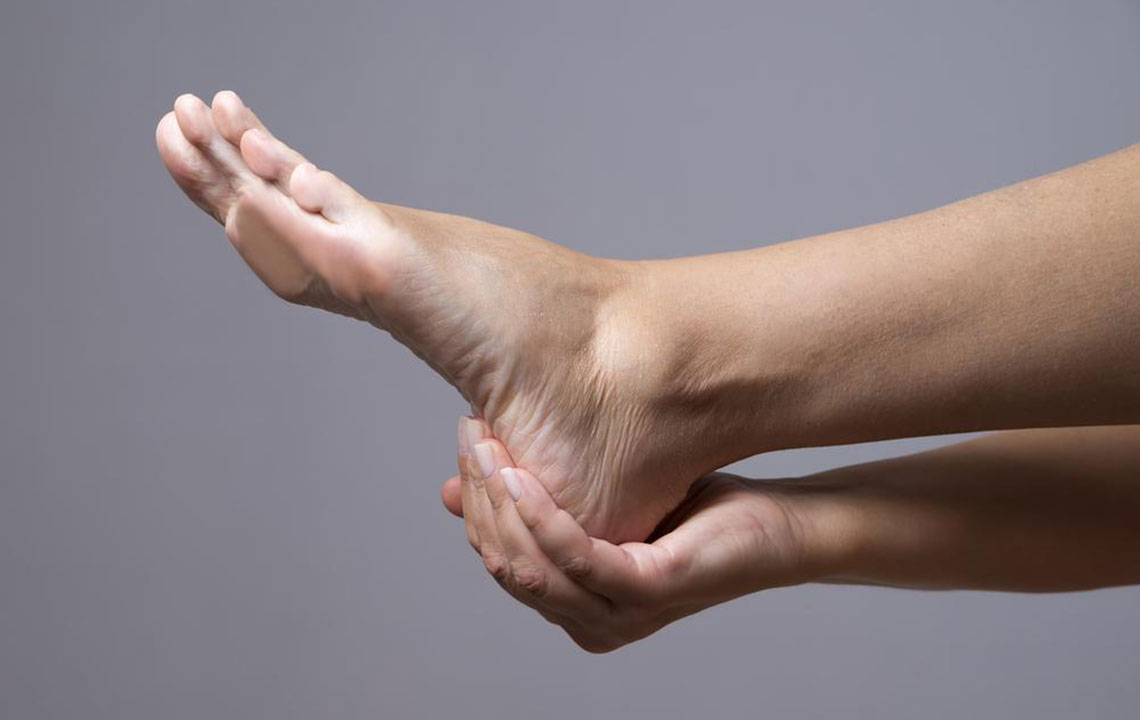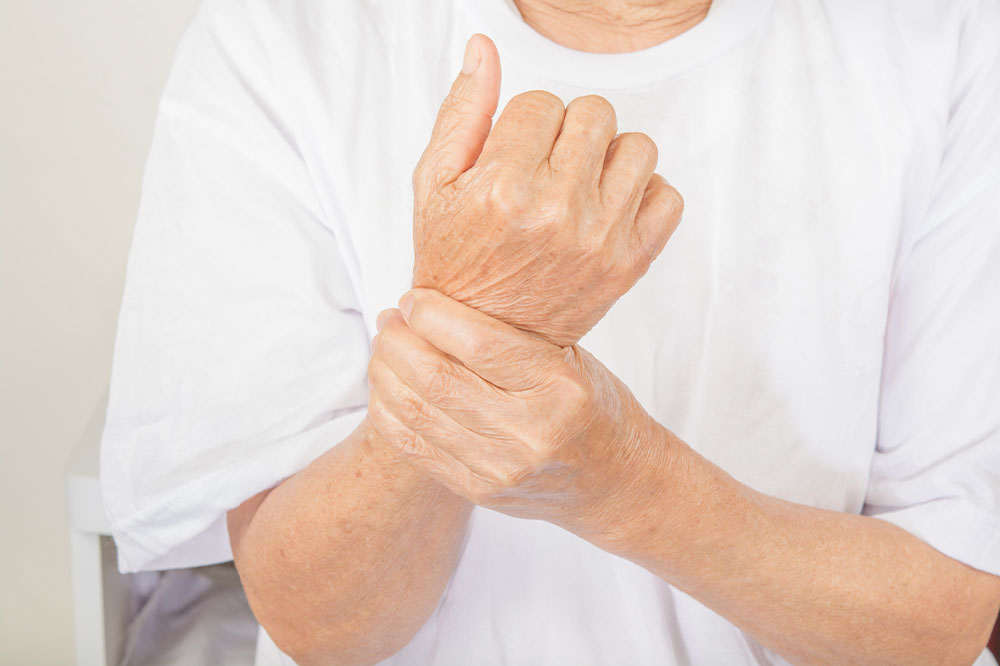Comprehensive Guide to Hand Numbness: Causes, Symptoms, and When to Seek Help
This in-depth guide explains the common causes, symptoms, and signs of hand numbness. It highlights the importance of recognizing persistent tingling or numbness, which may indicate underlying health conditions like nerve damage or circulatory issues. The article provides tips for managing symptoms and emphasizes when to see a healthcare professional for proper diagnosis and treatment, helping readers understand how to protect their nerve health and prevent serious complications.

Understanding Hand Numbness: Causes, Symptoms, and When to Seek Medical Attention
Experiencing numbness, tingling, or a prickling sensation in your hands or fingers is a common occurrence that many people encounter at some point in their lives. While often harmless and temporary, these sensations can sometimes be indicative of underlying health conditions that require medical evaluation. Recognizing the signs and understanding the potential causes can help you determine when it’s time to consult a healthcare professional.
Brief episodes of tingling that resolve on their own are usually caused by temporary factors such as poor posture or pressure on nerves. However, persistent or recurrent numbness and tingling should not be ignored, as they may signal more serious medical issues like nerve damage, circulatory problems, or neurological disorders. This comprehensive guide explores the common causes of hand numbness, typical symptoms to watch for, and tips for managing or preventing these sensations.
Common Causes of Hand Tingling and Numbness
Prolonged Poor Posture: Sitting or sleeping in positions that compress nerves or restrict blood flow can lead to temporary numbness and tingling.
Nerve Injury or Damage: Trauma, repetitive motions, or pinched nerves in the neck or wrist (such as carpal tunnel syndrome) can cause persistent nerve symptoms.
Spinal Nerve Compression: Herniated discs or spinal stenosis may put pressure on nerve roots, resulting in numbness radiating down the arms.
Blood Vessel Issues: Enlarged blood vessels or circulation problems can squeeze nerves or disrupt blood flow, leading to numb sensations.
Medication Side Effects: Certain drugs, especially those affecting nerve function, can cause numbness as a side effect.
Alcohol and Tobacco Use: Excessive alcohol intake can cause nerve damage (alcoholic neuropathy), while smoking impairs circulation and nerve health.
Insect or Animal Bites: Bites from insects or animals can cause localized nerve irritation or infection.
Infections and Illnesses: Conditions such as Lyme disease, shingles, or other infections may result in nerve inflammation.
Vitamin Deficiencies: Lack of essential nutrients like vitamin B12, B6, or folate can impair nerve function, leading to numbness.
Chronic Medical Conditions: Diabetes, multiple sclerosis, stroke, and seizures are among the health issues commonly associated with nerve damage and numbness.
Diabetic neuropathy, caused by high blood sugar levels damaging nerves, is a leading cause of limb numbness and tingling in diabetic patients. Managing blood sugar levels and seeking medical treatment can help prevent worsening nerve damage.
Recognizing the Symptoms of Hand Numbness
The symptoms accompanying hand numbness can vary, but common signs include sensations of burning, stabbing pain, or a pins-and-needles feeling. These sensations often result from nerve compression or irritation and tend to affect fingers, palms, or entire limbs. The severity and duration of symptoms can help determine their underlying cause.
Typical signs to watch for include:
Numbness or reduced sensation
Burning or tingling sensations
Hyper-sensitivity to touch
Muscle weakness in the affected limb
Sharp, jabbing pains
Gradual spreading of numbness from fingers or toes
Persistent symptoms that don’t resolve with rest or posture adjustment
While occasional numbness caused by poor posture or minor injuries is generally harmless, recurring or worsening symptoms should prompt you to seek medical advice. Early diagnosis and treatment are crucial for preventing potential complications and improving quality of life.





